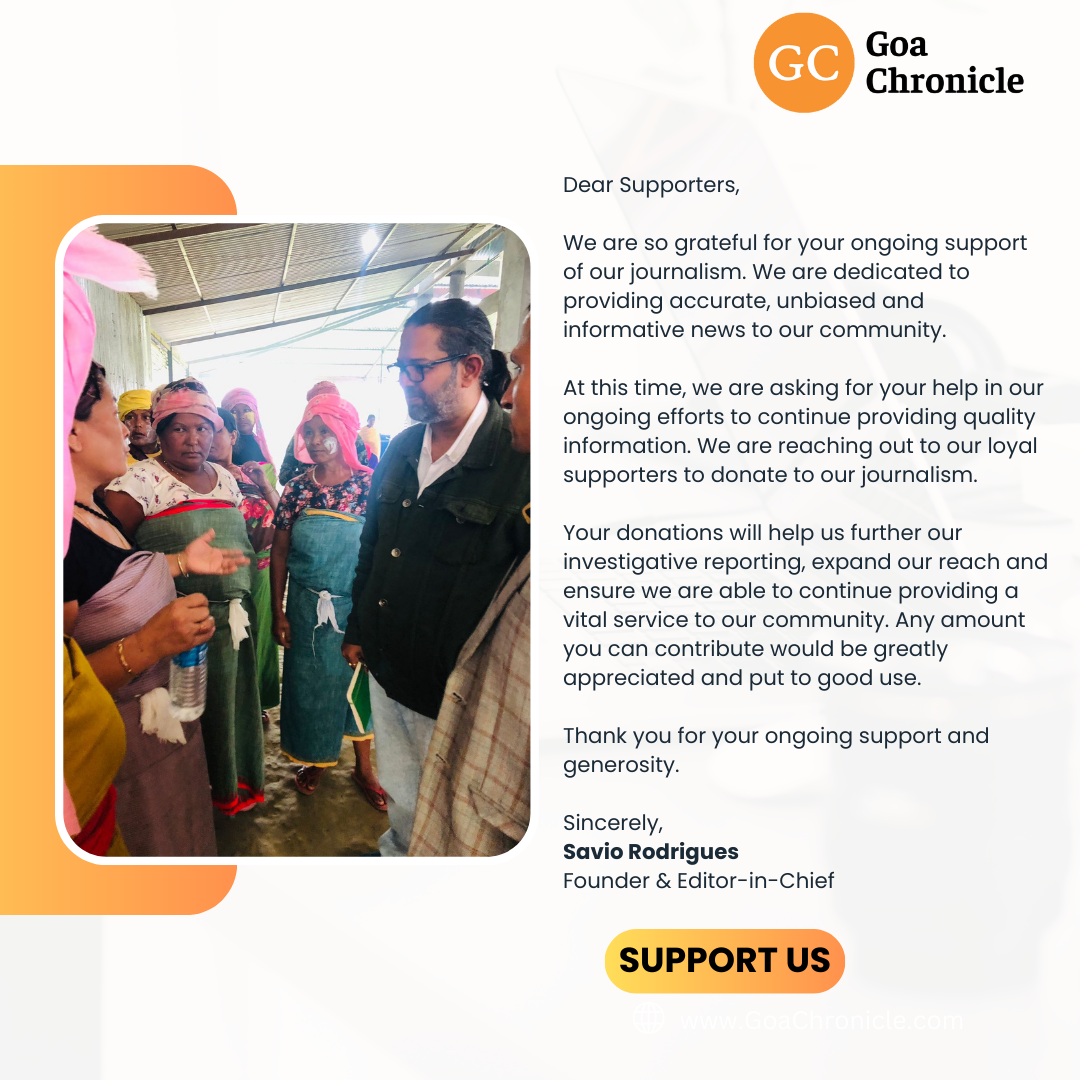New Delhi/Washington: US National Security Advisor Jake Sullivan and his Indian counterpart Ajit Doval while chairing the second meeting of the US-India initiative on Critical and Emerging Technology (iCET) in New Delhi set the vision for the next chapter of the bilateral strategic technology partnership.
They underscored their commitment to orienting the bilateral cooperation around breakthrough achievements in priority critical and emerging technology areas, by focusing our efforts on co-production, co-development, and research and development (R&D) opportunities to ensure we stay at the leading edge of innovation and enhancing coordination with like-minded nations to deliver secure, reliable, and cost-competitive technology solutions for the American and Indian people and our partners around the world, said a Joint Fact Sheet on the talks released by the White House.
Toward this end, they welcomed the inaugural meeting of the U.S.-India-ROK Trilateral Technology Dialogue held in Seoul in March, as well as ongoing cooperation with Australia and Japan through the Quad.
Sullivan and Doval underscored the vital importance of adapting our technology protection toolkits and resolved to prevent the leakage of sensitive and dual-use technologies to countries of concern.
“They also committed to take concrete action in the coming months to address long-standing barriers to bilateral strategic trade, technology, and industrial cooperation, including in the commercial and civil space sector.
They noted continued progress under the Strategic Trade Dialogue, which convened last June in Washington, D.C., as well as through an iCET intersessional review meeting held in New Delhi by our Deputy National Security Advisors in December 2023 to support these measures. They emphasized the need for continued efforts, particularly under the Strategic Trade Dialogue, to address outstanding barriers to technology collaboration.”
In addition to the iCET meeting, Sullivan and Doval convened an industry roundtable that brought together CEOs and thought leaders from both countries as the United States and India mobilize private sector investment and partnerships across strategic technology sectors.
The two National Security Advisors resolved to support enhanced collaboration across our governments, industry, and academia, with a particular focus on the following areas.
Bridging our Innovation Ecosystems
Unlocking a combined $90+ million in U.S. and Indian government funding over the next five years for the U.S.-India Global Challenges Institute that will forge high-impact university and research partnerships between U.S. and Indian institutions in the areas of semiconductor technology and manufacturing; sustainable agriculture and food security; clean energy; healthy equity and pandemic preparedness, and other critical and emerging technologies;
Reaching New Heights in Civilian and Defense Space Technology Cooperation
Securing a carrier for the first-ever joint effort between NASA and ISRO astronauts at the International Space Station, which will mark a significant milestone in the U.S.-India space partnership and space exploration;
Celebrating the conclusion of a Strategic Framework for Human Spaceflight Cooperation to deepen interoperability in space and work toward commencing advanced training for ISRO astronauts at the NASA Johnson Space Center;
Preparing for the launch of the NASA-ISRO Synthetic Aperture Radar, a jointly developed satellite that will map the entirety of the Earth’s surface twice every 12 days as the United States and India work together to combat climate change and other global challenges;
Launching a new partnership between the U.S. Space Force and the Indian startups, 114ai and 3rdiTech, including on advancing space situational awareness, data fusion technologies, and infra-red sensor semiconductor manufacturing;
Welcoming India’s observation of the U.S. Space Command’s Global Sentinel Exercise at Vandenburg Space Force Base in February and its return as a participant in the exercise in 2025;
Strengthening defense space cooperation through the second Advanced Domains Defense Dialogue held at the Pentagon in May 2024, which featured a U.S.-India space table-top exercise and included bilateral expert exchanges on emerging domains including artificial intelligence.
Exploring opportunities for India’s participation in the Lunar Gateway Program, as well as joint avenues for collaboration in other space technologies.
Deepening Defense Innovation and Industrial Cooperation
Welcoming the discussions on India’s planned acquisition of the MQ-9B platforms, the possible co-production of land warfare systems, and progress on other co-production initiatives outlined in the U.S.-India Roadmap for Defense Industrial Cooperation;
Deepening cooperation between the U.S. Defense Innovation Unit and India’s Innovations for Defense Excellence (iDEX) to accelerate the joint adoption of cutting-edge commercial technologies for military solutions and capability enhancement of both defense ecosystems, including through a Memorandum of Understanding;
Noting progress in negotiations between GE Aerospace and Hindustan Aeronautics Limited for the co-production of GE F414-INS6 engines to power India’s future fighter fleet;
Expanding defense industrial partnerships, such as the launch of an AI Multi-Doman Situational Awareness product jointly developed by General Atomics and 114ai to support joint all domain command and control.
Pursuing Advanced Telecommunications Opportunities
Noting the recent finalization of the U.S.-India Open RAN Acceleration Roadmap, ongoing 5G and 6G R&D Task Force collaboration, and continuing efforts between U.S. and Indian industry to work toward large-scale Open RAN deployments in India and the United States;
Combining Capabilities in Biotechnology and Biomanufacturing
Celebrating the launch of a Track 1.5 Biopharmaceutical Supply Chain Consortium – the “Bio-5” on June 5 with key industry and government stakeholders from the United States, India, the ROK, Japan, and the European Commission to enhance resilience in supply chains for active pharmaceutical ingredients, key starting materials, and foster high-impact R&D collaboration.
Noting the establishment of the first-ever National Science Foundation and Department of Biotechnology joint funding opportunity, through which the two organizations will support collaborative research proposals to promote biotechnology innovation and advance the bioeconomy;
Developing a joint Strategic Framework for building biopharmaceutical supply chain optimization to strengthen global supply chains and reduce dependencies on single-source suppliers, in support of Bio-5, led by the Department of Health and Human Services and the Department of State on the U.S. side, and the Departments of Biotechnology, Pharmaceuticals and the Ministry of Health and Family Welfare on the Indian side;
Securing Semiconductor Supply Chains
Launching a new strategic semiconductor partnership between General Atomics and 3rdiTech to co-develop semiconductor design and manufacturing for precision-guided ammunition and other national security-focused electronics platforms;
Expanding engagement with U.S. and Indian investors in the semiconductor industry in India, to continue building India’s robust semiconductor and information communication technology ecosystem.
Building a Clean Energy and a Critical Minerals Partnership for the 21st Century.
Promoting India’s vital role in the Mineral Security Partnership, including through co-investing in a lithium resource project in South America and a rare earths deposit in Africa, to responsibly and sustainably diversify critical mineral supply chains;
Committing to quickly conclude a bilateral Critical Minerals Memorandum of Understanding between the U.S. Department of Commerce and the Indian Ministry of Commerce and Industry and the Ministry of Mines, and driving additional areas of cooperation in critical mineral supply chains such as for graphite, gallium, and germanium
Exploring opportunities for collaboration in the critical minerals sector like bilateral collaboration in technologies for Neodymium-iron-boron metal, alloy and magnet making, collaboration with Department of Energy entities;
Pursuing Quantum, Artificial Intelligence, and High-Performance Computing Collaboration
Initiating new cooperation in quantum science and technology, including through launching a workshop on post-quantum cryptography at the University of California, Los Angeles and facilitating visits of Indian technical experts from academia and the private sector to visit U.S. national laboratories and quantum institutions;
































